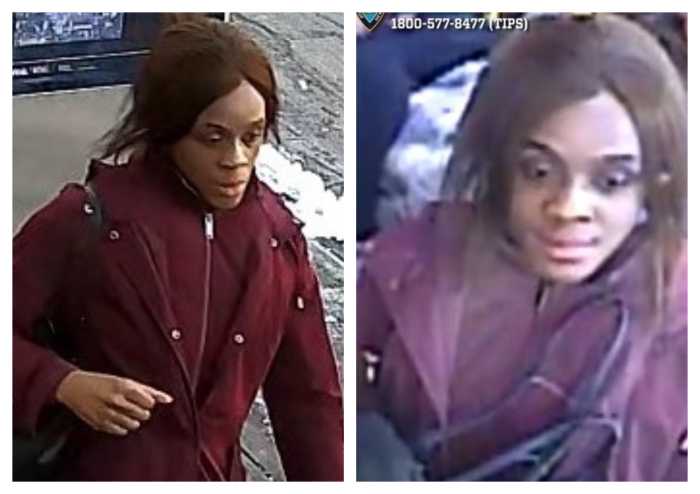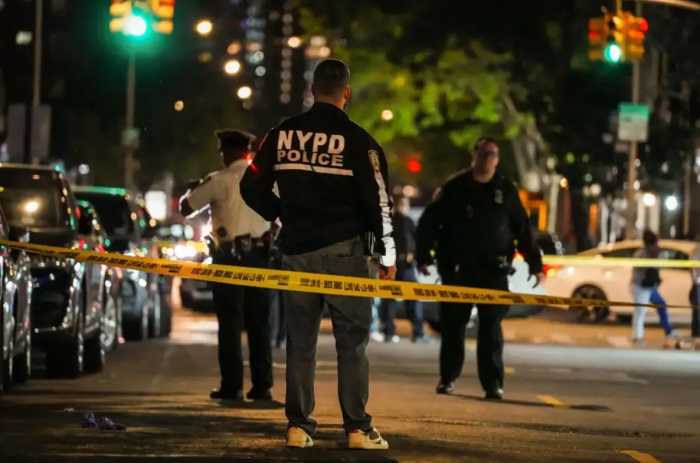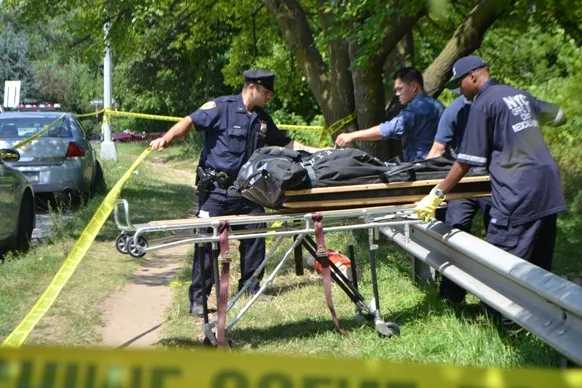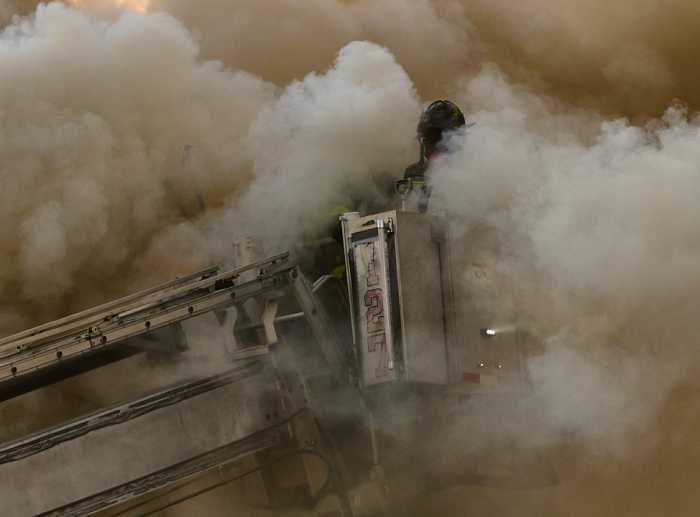By Rebecca Henely
The advocates paint a picture as similar as it is horrific: women and girls — some as young as 12 — fall into the clutches of pimps who subject them to verbal and sexual abuse, force them to have sex with men for money and then when the authorities find them, they are considered criminals.
“There’s very little empathy for the victims of these crimes,” said Ilene Nathanson, chairwoman of the social work department at Long Island University. “Very often they’re hauled into custody themselves.”
Trafficking happens all around the city and the country, but the Queens neighborhoods of Jackson Heights, Corona and Flushing have been identified as key centers for the crime. City Councilwoman Julissa Ferreras (D-East Elmhurst) said with the cleanup of Times Square in the 1980s and 1990s, the criminal element moved down the No. 7 line into Queens. In these neighborhoods, johns have access to prostituted women not only from houses set up for the purpose, but from the back of vans and at bars that advertise $2 dances.
In recent years, Queens lawmakers have pushed legislation and conducted campaigns to combat sex trafficking. When asked, advocates do not have numbers for how prevalent it is in the borough, but Ferreras said she has heard often from constituents at Council hearings, at community meetings and in her daily life of sex trafficking going on in her district, especially around Roosevelt Avenue.
She said girls can be trafficked from as young as 12 and boys from as young as 10.
“It’s here. It’s a problem,” she said in an interview. “I think it happens behind closed doors. It happens in small areas of the community.”
Leticia Brown, of Girls Education and Mentoring Services, an organization aimed at helping victims, said during a panel at the Long Island University-C.W. Post in Brookville, L.I., earlier this year that the girls who are trafficked are often minorities and low-income, if not homeless or runaways.
“The girls, women I work with are deemed ‘less than’ in our society,” Brown said.
People are trafficked into the city both domestically and internationally, with victims coming into Queens from as close by as Brooklyn to as far away as Latin America and Asia via John F. Kennedy and LaGuardia airports. Advocates say the pimps offer their victims the promise of a better life: an opportunity for work, a green card, a boyfriend.
Nassau County Police Detective John Birbiglia said pimps often set themselves up as a girl’s father, giving them gifts of clothes and jewelry or dinner before demanding they earn these gifts by sleeping with men for money of which they never see a dime. Once the pimps have the girls, they can keep them intimidated either through rape, physical abuse or threats to themselves or their families.
Some women who have been trapped in the lifestyle for years also grow up to become “top girls” who run prostitution rings, Ferreras said.
“You think this must be the movies,” Ferreras said. “This is someone’s reality.”
Birbiglia said despite the horrible abuse, many of the girls who are trafficked often become brainwashed by their pimps. Some are so in love with their pimps that they refuse to testify against them.
“Once these girls are in this entrapment or prostitution, it’s hard to get out,” Birbiglia said.
Trafficking has become more sophisticated as well.
Pimps advertise through websites, such as backpage.com, but also hand out “chica chica” cards with pictures of naked or scantily clad women and a number where johns can call to have a livery driver deliver a woman to their place of residence “like pizza,” Ferreras said. Although a law passed by state Sen. Jose Peralta (D-East Elmhurst) and state Assemblyman Francisco Moya (D-Jackson Heights) banned the “chica chica” cards, the practice did not end because the women were replaced with pictures of fruit.
Ferreras said fighting the problem has also been difficult because the infrastructure is not in place to properly prosecute the pimps. The Police Department’s Sex Trafficking Unit is made up of only nine members. While international rings exist, Ferreras said the unit has not broken one up in three years. The cases themselves also take a lot of time and money to prosecute.
“You get one pimp and it’s like another one is reborn,” the councilwoman said.
Brown said saving the trafficked women is a long process that also takes a lot of money and time, and GEMS often has to provide temporary beds and later safe housing. Some women are so brainwashed that they fall back into the lifestyle even after GEMS helps them.
“A lot of people who are counting on us need basic necessities,” she said.
In June, Ferreras was able to pass legislation to fine and strip the licenses of livery drivers who knowingly aid sex traffickers. Advocates on both sides of the aisle in the state Legislature are also hoping to pass a law referred to as the “Trafficking Victims Protection and Justice Act,” which will levy harsher punishments for traffickers and johns in New York. The proposed measure would raise the maximum age for prostitution of a minor to 17 instead of 16. Ferreras said this is consistent with existing laws which set statutory rape at 17.
Ferreras said she is also working to fight the problem by improving the quality of life in her district. She said that along Roosevelt Avenue, illegal bars often sit side-by-side with legitimate businesses and must be shuttered. She has also worked to expedite the process for undocumented women to apply for a U Visa, which is offered to victims of crimes.
“Will we eradicate this? I wish we could,” the councilwoman said. “We can begin to address it by not making it so comfortable for these traffickers.”
Reach reporter Rebecca Henely by e-mail at rhenely@cnglocal.com or by phone at 718-260-4564.








































